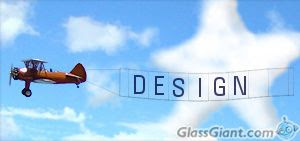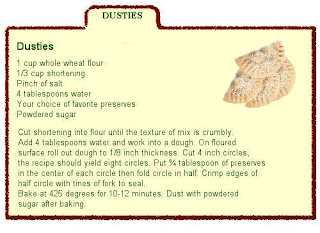
Year 7 - The Investigation (Criterion A) is finished! If you have not completed one of the sections or need any help, support or assistance, please feel free to stop in Rm 12 during lunch (from 1:00 until 1:30) and I will be there to work with you;-)
Design is an integral part of the MYP Design Cycle. It is here where we design what the product will look out. It is here that we can get CREATIVE!!!!!
Today we will complete the Design (Criterion B). Let's look at the Assessment Rubric and see what you need to do to get full marks on your Designs.
DESIGN
Students are expected to generate several feasible designs that meet the design specification and to evaluate these against the design specification.
Students are then expected to select one design, justify their choice and evaluate this in detail against the design specifiction.
To get a 5-6 the student generates a range of feasible designs, and attempts to evaluate them against the design specification. The student attempts to justify the chosen design and evaluate it against the design specification.
You will need to choose and JUSTIFY your choice of: Font, Font Size, Font Colour, Slide Layout, Bullet Point Icon, Background Color or Theme, Custom Animation. Using your design specification say why your choice will enhance your product. (For example will Font Size 36 and Font Colour Red make your powerpoint presentation "easy to read"?
Let's look at how to create a simple custom animation. It's way cool and you will have fun doing this!







































